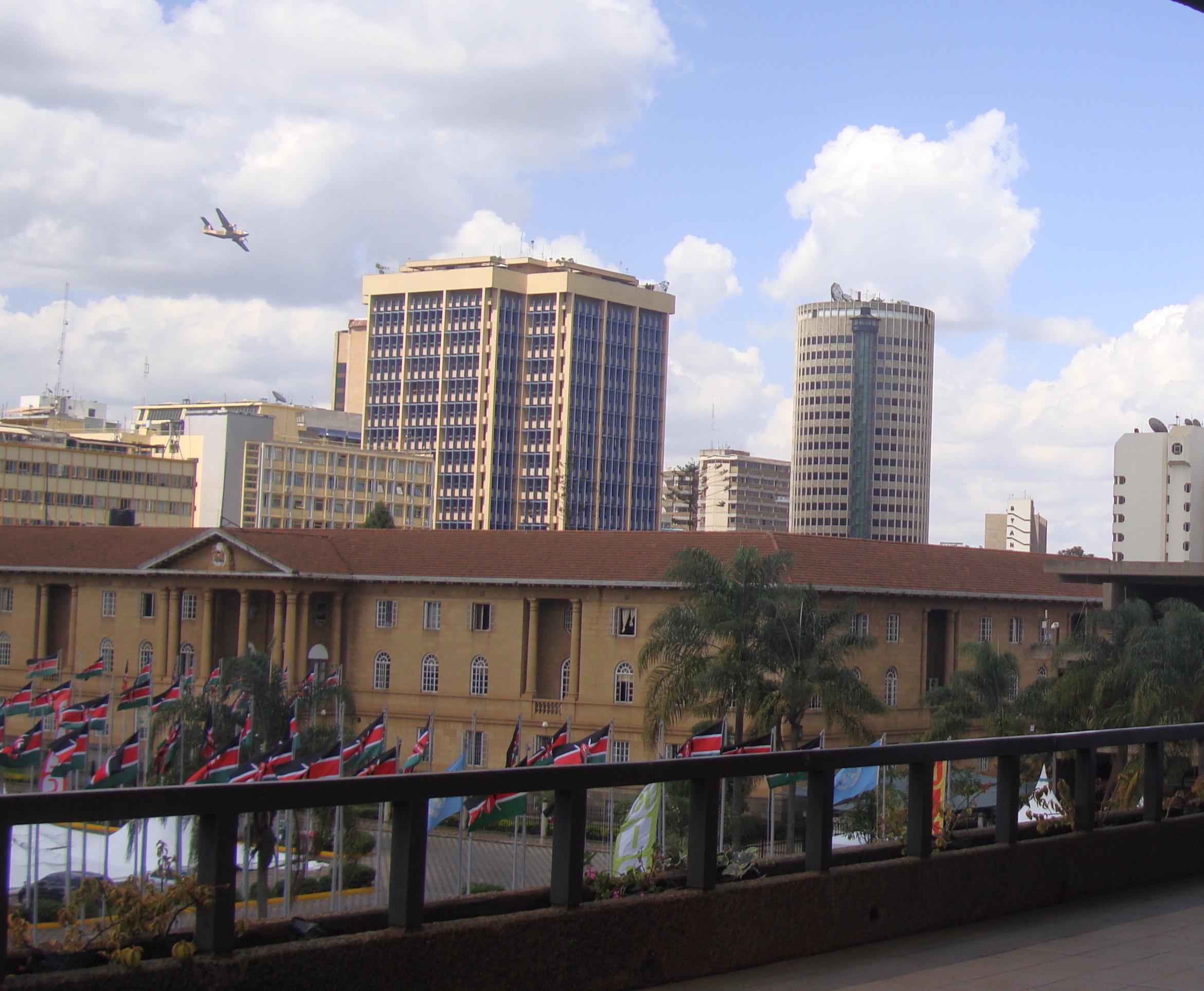Background
A lack of integration between the animal health and human health surveillance sectors in Kenya have led to inefficiencies and the under reporting of diseases, particularly zoonotic diseases. Laura Falzon and her colleagues aimed to develop an integrated and cost-effective surveillance and reporting system for 15 zoonotic diseases piloted in counties in western Kenya. This surveillance system was based on co-located sentinel sites, including livestock markets, slaughterhouses, and hospitals. The paper highlights the challenges faced in implementing such a system, and reports on the operational and logistical aspects of the system.
Research Highlights
The general structure of co-located sentinel sites was successful as it allowed for comparisons between the human and animal populations, while also fostering relationships between the two sectors and increasing awareness of zoonotic diseases. The importance of engaging with local stakeholders in the field, as well as providing timely feedback through public engagement sessions, was recognized as essential for ongoing compliance and to build rapport. Finally, the work identified numerous pre-requisites for such integrated activities, including a multi-disciplinary team, adequate funding, and political goodwill and commitment. The latter were facilitated by the presence of a government One Health coordinating unit known as Zoonotic Disease Unit (ZDU) which creates an environment for integrated activities, including surveillance at the regional levels. This work therefore helped provide the evidence base for the devolution of surveillance activities to the regional level.
Authors
Laura C. Falzon1,2*, Lorren Alumasa2, Fredrick Amanya2, Erastus Kang’ethe3, Samuel Kariuki4, Kelvin Momanyi2, Patrick Muinde2, Maurice Murungi2, Samuel Njoroge4, Allan Ogendo5, Joseph Ogola6, Jonathan Rushton1, Mark Woolhouse7and Eric Fevre1,2*.
Institutions involved
1Institute of Infection and Global Health, University of Liverpool, Liverpool, United Kingdom
2International Livestock Research Institute, Nairobi, Kenya
3Faculty of Veterinary Medicine, University of Nairobi, Nairobi, Kenya
4Kenya Medical Research Institute, Nairobi, Kenya
5Veterinary Department, Busia County Government, Busia, Kenya
6Veterinary Department, Bungoma County Government, Bungoma, Kenya
7Centre for Immunity, Infection and Evolution and Usher Institute of Population Health Sciences and Informatics, University of Edinburgh, Edinburgh, United Kingdom
Funding
This work was supported by the Biotechnology and Biological Sciences Research Council, the Department for International Development, the Economic and Social Research Council, the Medical Research Council, the Natural Environment Research Council and the Defense Science and Technology Laboratory, under the Zoonoses and Emerging Livestock Systems (ZELS) programme and CGIAR Research Program on Agriculture for Nutrition and Health (A4NH), led by the International Food Policy Research Institute (IFPRI).
More information
Full publication available here: https://doi.org/10.3389/fvets.2019.00252
